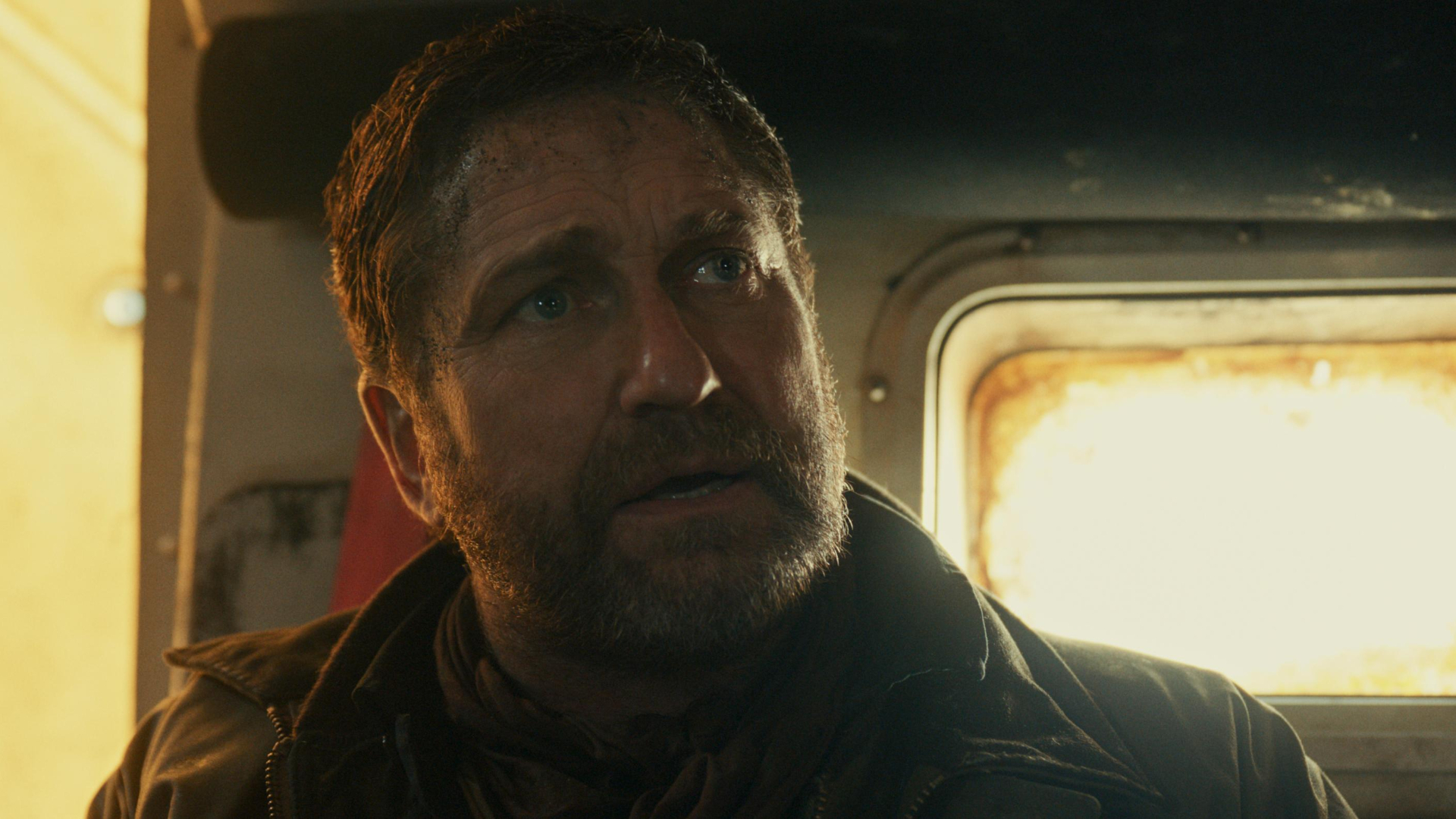Rhea Retrospective: Cassini Probe's Last View of Battered Saturn Moon

Rhea, an icy cratered moon that provided the first direct evidence of an oxygen atmosphere in the Saturn system, shines in its final image by the Cassini spacecraft.
The Cassini spacecraft explored Saturn and its many moons for 13 years before plunging into the ringed planet on Sept. 15 of this year. It was a cooperative mission conducted by NASA, the European Space Agency (ESA) and the Italian Space Agency.
The narrow-angle camera on the probe captured this bird's-eye view of Rhea's northern hemisphere on May 2, 2017. Cassini was "high above the plane of Saturn's rings" when it made its final observation of Rhea at a distance of about 230,000 miles (370,000 kilometers) from the moon, NASA officials said in a statement.
Rhea has a reflective surface because the moon is mostly made of ice, maintained by frigid temperatures: Sunlit areas are about minus 174 degrees Celsius (minus 281 degrees Fahrenheit), and regions in the dark can reach minus 220 degrees C (minus degrees 364 F), NASA officials said in the statement.
Rhea is the second largest moon in orbit around Saturn, at about 949 miles (1,527 kilometers) across, and was one of the four moons spotted in 1672 by astronomer Giovanni Cassini. Initially named "Saturn V," the moon was later renamed in 1847 to Rhea, the goddess wife of Cronos in Greek mythology. Cronos, in Roman mythology, was known as Saturn.
Rhea has an oxygen atmosphere that is about 5 trillion times less dense than Earth's atmosphere. Some scientists propose that the oxygen atmosphere is caused by the icy surface getting exposure to radiation from Saturn's magnetosphere, according to the statement.
Follow Doris Elin Salazar on Twitter @salazar_elin. Follow us@Spacedotcom, Facebook and Google+. Original article on Space.com.
Breaking space news, the latest updates on rocket launches, skywatching events and more!

Doris is a science journalist and Space.com contributor. She received a B.A. in Sociology and Communications at Fordham University in New York City. Her first work was published in collaboration with London Mining Network, where her love of science writing was born. Her passion for astronomy started as a kid when she helped her sister build a model solar system in the Bronx. She got her first shot at astronomy writing as a Space.com editorial intern and continues to write about all things cosmic for the website. Doris has also written about microscopic plant life for Scientific American’s website and about whale calls for their print magazine. She has also written about ancient humans for Inverse, with stories ranging from how to recreate Pompeii’s cuisine to how to map the Polynesian expansion through genomics. She currently shares her home with two rabbits. Follow her on twitter at @salazar_elin.
